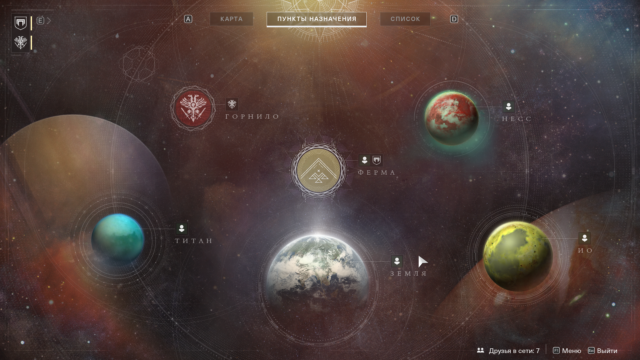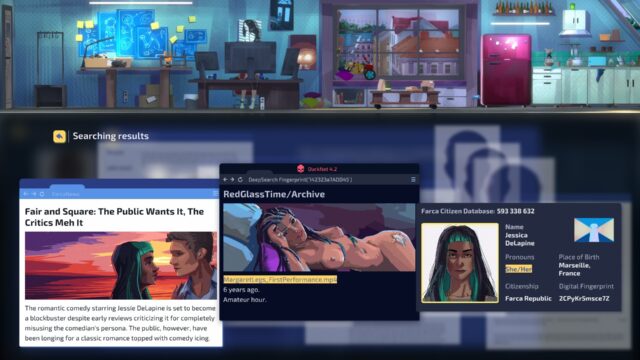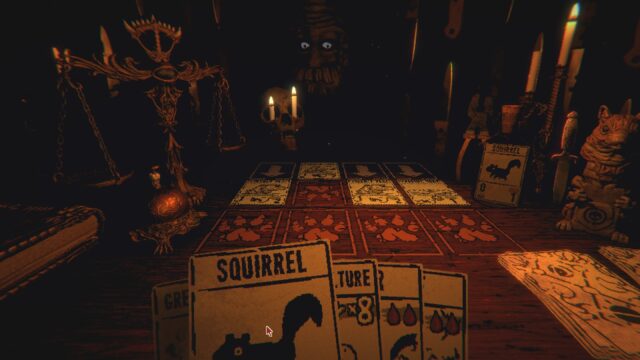Might & Magic: Heroes VI

Would it be fair to compare the Heroes of Might and Magic series (from a change of scenery and hello Ubisoft onwards) and Starcraft? When comparing the histories of the series, of course, there is little point – the franchises have taken completely different historical paths, stumbled upon different pitfalls (yes, SC also had its hot days on the frying pan, but, as already mentioned, of a different kind) and have come to the present day in completely different states. However, if we specifically talk about Heroes of Might and Magic 6 and Starcraft 2, some analogies can be easily drawn. The developers of both cult games tried to essentially accomplish the same task – to preserve the signature gameplay and excitement while improving everything that could be improved, as well as adding something new. The essence of both sequels lies in the details, insignificant and yet critical.
And online services. But more on that later.
Magic from online
What I’m getting at is this: at the time, this very Starcraft 2 received a lot of criticism for being too similar to Starcraft 1. The exact reasons why this is a bad thing are still open for debate, but the fact remains that many people don’t like it when developers don’t fix what isn’t broken. “Heroes 6” is a similar case, where the basic mechanics and gameplay remain unchanged, and in the eyes of advocates of universal progress, this approach is the main flaw of the recently released strategy game. Consequently, the deeper the “we’re being sold a game from ten years ago!” syndrome is ingrained in the gamer, the worse they will feel about heroic races on maps and sieges of beautiful and not-so-beautiful castles. As they say, read the contraindications and beware of allergic reactions.
But if you don’t suffer from this ailment or simply genuinely love “Heroes,” let’s figure out what has been tweaked in the relatively perfect strategic formula this time.
Following the tradition that has developed over the past few years, the launch of PC projects, the release of the sixth installment of “Heroes” took place against the backdrop of online service failures, blocking access for some to a certain portion of content, and for others to the entire game. The batch of digital keys that came to Russia at a certain point either reset or didn’t, after which some players couldn’t enter the game at all, and for some (including myself), “Heroes” launched, but the Conflux system responsible for many things didn’t work. After a day or two, new keys were sent to everyone, and everything started working, but the start was, as they say, a failure.
Now about the Conflux system, which I promised to talk about twice already. Ubisoft’s online service focused on HoMM is responsible for collecting statistics, distributing achievements, and other bonuses for accumulated experience, as well as finding opponents for multiplayer.
The network growth on the game’s body is generally the most noticeable change in gameplay. The catch is that access to many heroic abilities and properties, as well as artifacts and various other things, is locked behind achievements obtained from the network, and it is simply impossible to unlock them outside of Conflux.
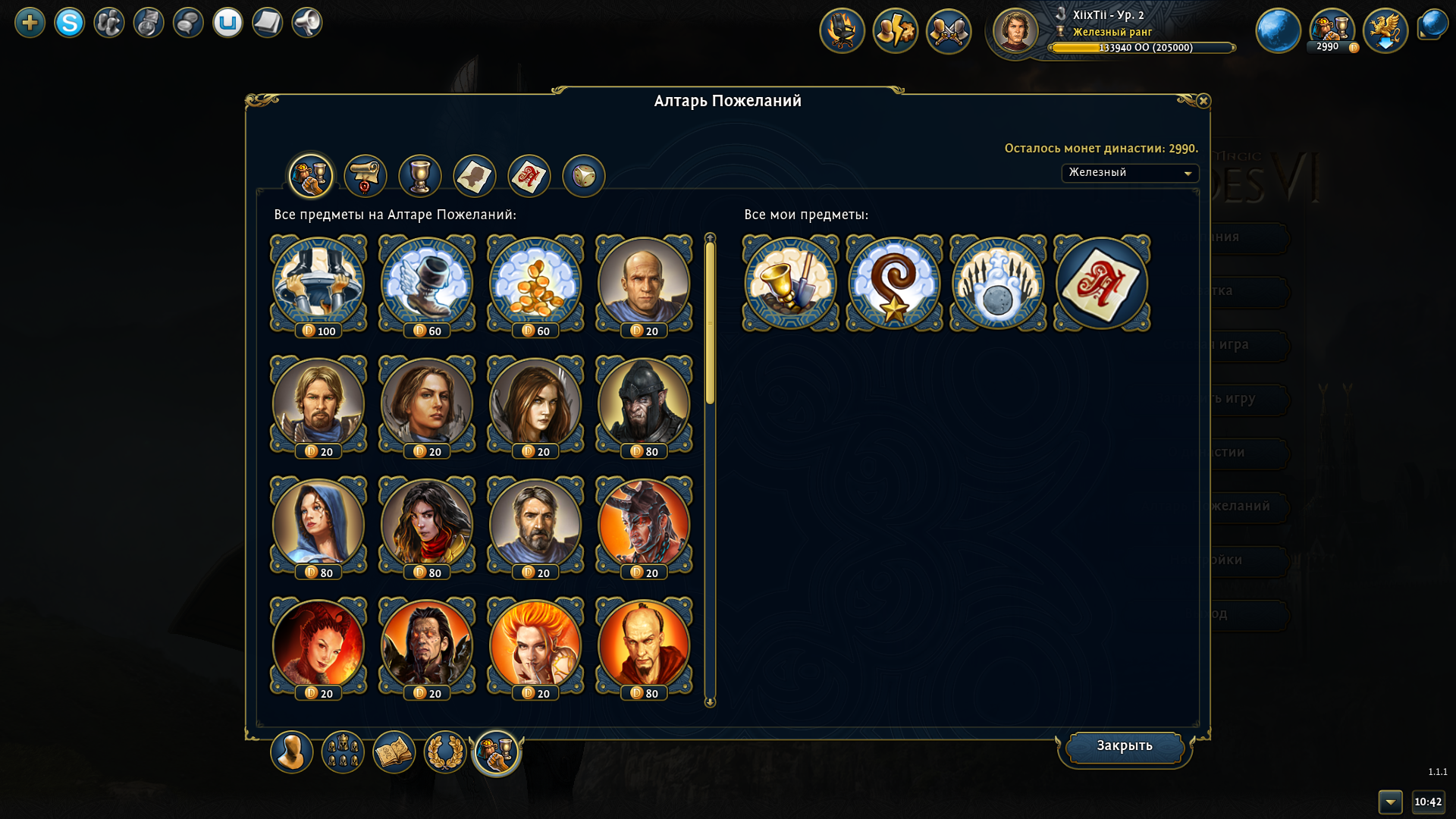
These are the network bonuses.
Well, we users are good, with licensed keys, we can do everything until our cable is cut. Even leveling up our heroes on two fronts at once. There is even some special pleasure in such parallel development of our heroic dynasty. After all, if before there was only one interesting but crooked career ladder for fantasy warriors, now there are one and a half: one is a full-fledged classical leveling system, and the other is perks for the puppeteer playing hour after hour. If you put these pieces together, it turns out that in “Heroes” nothing new has actually appeared, and the Christmas decorations for Conflux have stripped the traditional system, leaving it half-naked.
For such a combination, the developers deserve a solid five. To spend the effort, time, and resources to extract a piece from the game, attach a fifth wheel to it, put it on faulty online rails, and return it to its former place under the guise of some novelty – that takes skill. Five years well spent!
Oh yes, in this very Conflux, there is also a system for exchanging notes on the battlefield, a la Demon/Dark Souls. Useless (one wonders what to lie about and warn gamers about in HoMM 6? Oh, those common online fences), but fun.
What we have
In terms of plot, HoMM 6 is another video game “Saga of the Forsytes” with all the consequences. Let us rejoice that the surveillance of the main characters’ family troubles is purely optional, dialogues can be skipped, and the traditionally well-crafted mission briefings can be ignored. Perhaps the writers even tried to tell us an interesting story, but until the gamer’s own imagination kicks in, envisioning endless meadows beyond the pixelated grass and armies of armed warriors behind the statistics, reinforced by flat dialogues devoid of any voice acting, good, justice, honor, and their antipodes do not evoke any emotions whatsoever.
Describing the gameplay of HoMM 6 is even silly. If you have played HoMM 3 or even just HoMM 5, all you need to tell is in what particular details the famous Devil is hiding this time. And if you have missed the “heroic” series, as well as turn-based strategies in general, then you don’t really need “Heroes 6”; it would be much better (in every sense) to acquire something from the teeth-clenching classics.
Because new TBS games are worse than the old ones. Simply worse, and there’s nothing you can do about it. New projects in this genre are mostly created for those who have played the old ones to exhaustion, still love the genre, and want some additions. And for a certain number of young gamers who fundamentally do not recognize old games.
Now that I have explained the basics of commanding fantasy armies to everyone interested, it’s time to go through the real innovations. Firstly, the local military and magical elites have finally switched to a more unified currency. You will no longer see ten resource piles on the map, each extracting its own special and not-so-precious stones. There are only four resources left – money (also known as gold), wood, ore (just “ore,” stones that look like stones), and blood crystals. And thanks to all the local gods for that. The spirit of the good old strategies from the 90s, of course, has slightly faded with this turn of events, and completely orthodox gamers are unlikely to be satisfied with it, but this time the developers amputated the right appendage.
After adjusting the baked goods to some common culinary standards, it became much easier to understand which mine to strike to make the enemy reconsider their budget for buying dragons. However, it has become more difficult to hold captured resource mines on literally someone else’s territory – the merry-go-round of army chases has also come into play. Now, every building on the map depends on nearby towns, and a level one hero with a couple of archers cannot outsmart the enemy’s main army of thousands, because as soon as our three saboteurs leave the just-visited mine, it instantly falls back under the control of the ruler of the local district center. The game did not get worse after this change, but it didn’t get better either – not that the situation changed drastically, hero routes and tactics have changed, but that’s about it.
The third noticeable change at first glance is a sensible approach to racial problems in captured cities, once embodied in Age of Wonders 2 and finally coming to HoMM. After each major victory, it became possible to carry out population resettlement. If you play as orcs, all your cities will be orcish, and the rest can be expelled from their settled places. Logical, convenient, and – once again – finally!
However, the flawed interface inherited from the fifth installment was not fixed. The placement of buttons is illogical, non-intuitive, and inconvenient, it is difficult to understand which icon corresponds to what. Well, if a strategy game doesn’t require Korean APM, then there’s no need to provide precise and fast tools. The fans will endure it.
With fire and vampirism and fire again
The balance in the game is strange. And, why be shy – there is no balance in the game. And it’s not even about the brutal bonuses obtained in Conflux – the spells in the skill tree seem to be scattered randomly. One of the most striking examples is “Vampirism,” the most powerful buff available for learning almost at the very first level. Thoughtfully enchanted with simple spells, the army becomes many times more dangerous and impudent, wiping out all those who have decided to devote themselves to another magic. Plus, while some abilities/spells must be learned by every first hero, others, um, 80% are completely unclear why they are needed and what they give. Take the updated “Tactics,” without which troops will now appear on the battlefield in random cells. Completely random, they removed two extreme columns for the simplest construction, have fun as you like.
But it doesn’t prevent you from enjoying the game at all. As usual, we were buried under all these different abilities, skills, and sorceries, and then they poured even more on top. What difference does it make if one candy is sweeter than the other, if there are two hundred different ones here? The questions of building the ultimate magical dominator of everything are already the second or third bottom in “Heroes,” which still needs to be reached, and the first tens of hours you can just happily grab everything that is closer and shines brighter.
In the rest, we are treated to more or less the same game from 1999 with graphical improvements. Which is good, all things considered.
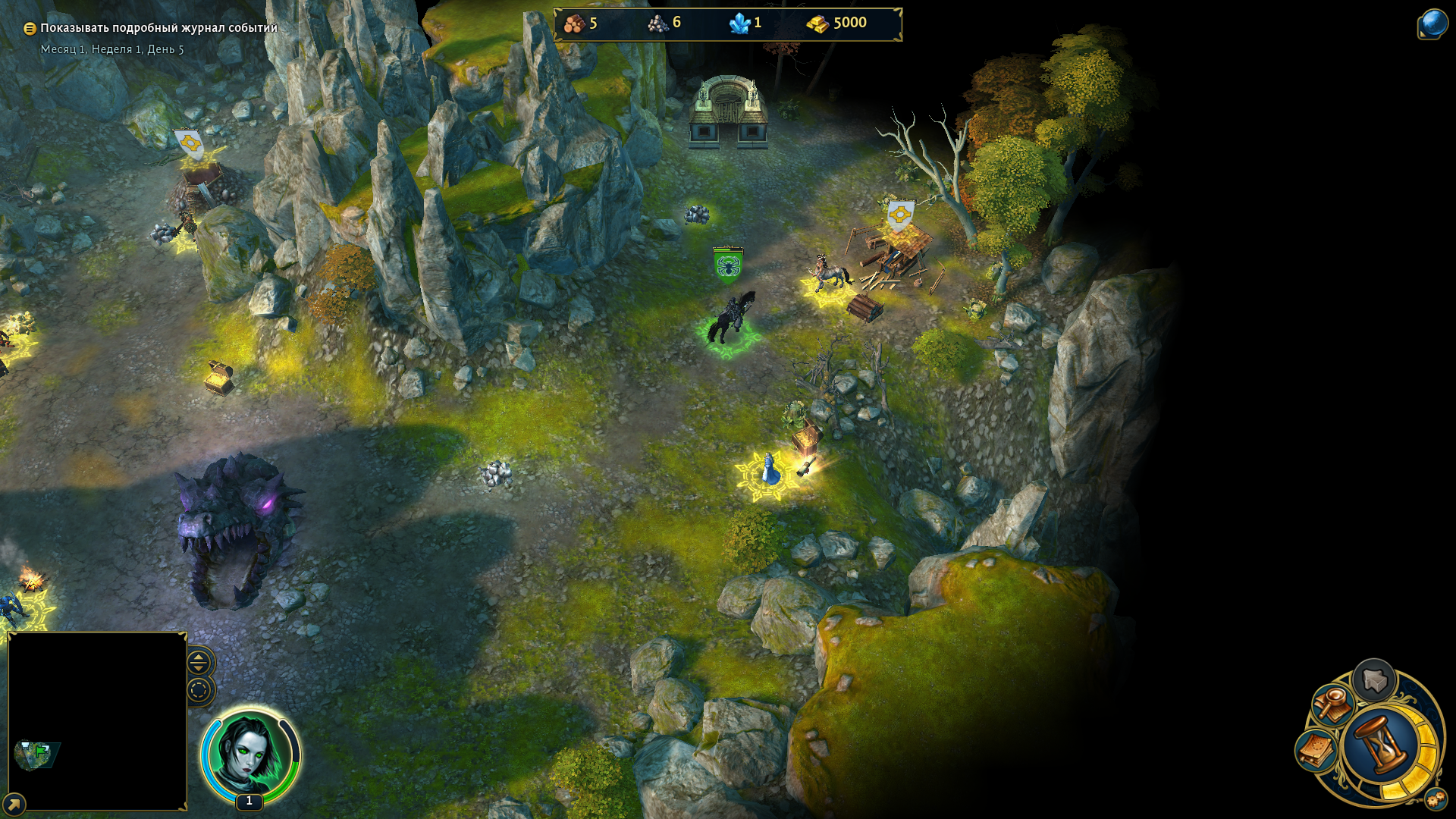
It cannot be said that Heroes of Might and Magic 3 single-handedly “closed” the turn-based fantasy strategy genre (after all, Age of Wonders and other King’s Bounty games were released on major holidays), but it became the pinnacle of its own series, beyond which not only all subsequent projects were not visible, but also the path that “Heroes of Might and Magic” could have taken further. Having stumbled hard with the fourth iteration of HoMM, the developers were unable to find the right path, and the game developers who followed them concluded that the best solution was to retreat back, somewhere closer to that third part. In short, after the masterpiece of 1999, the world of “Heroes” ceased to exist, and what seemed to be a more or less alive and profitable franchise de facto froze in place, becoming a hostage to its own situation.
If you are satisfied with the developers’ turtle-like pace of introducing innovations in gameplay, then surely the sixth and all subsequent “Heroes” will bring you pleasure. Otherwise, it’s time to calmly forget about the long ago series that showed and proved everything to everyone.
Share
Discuss
More Reviews

